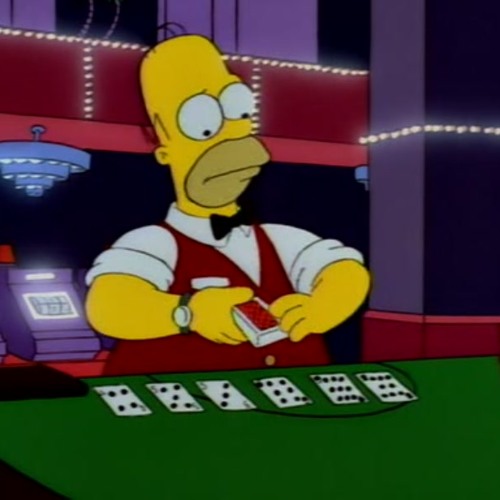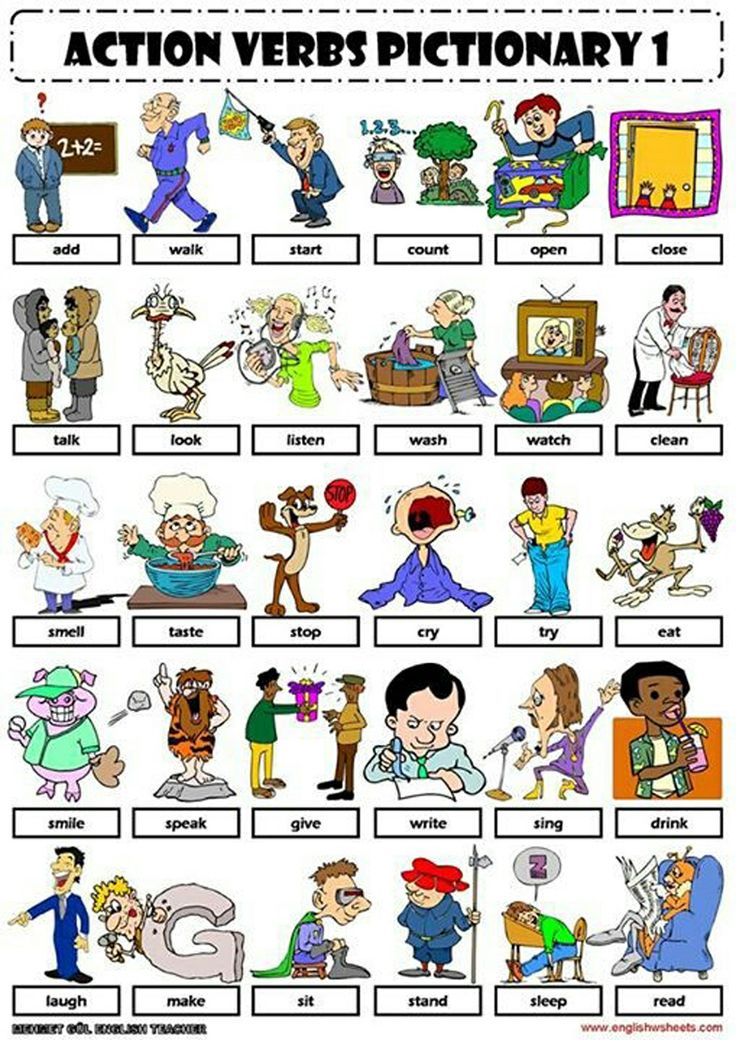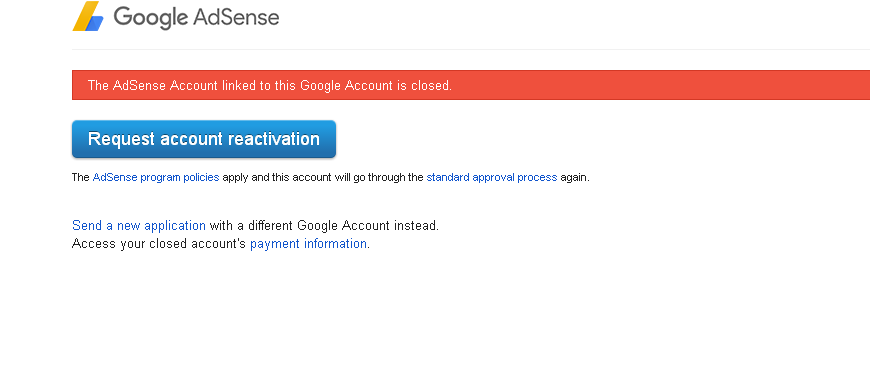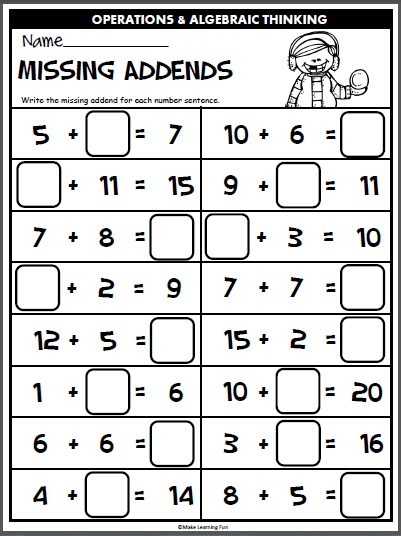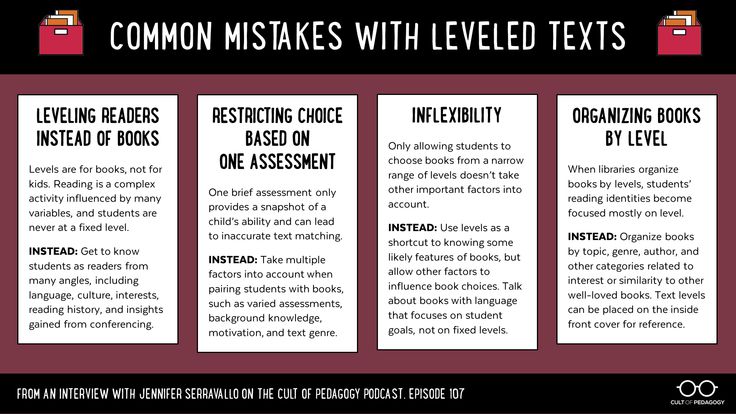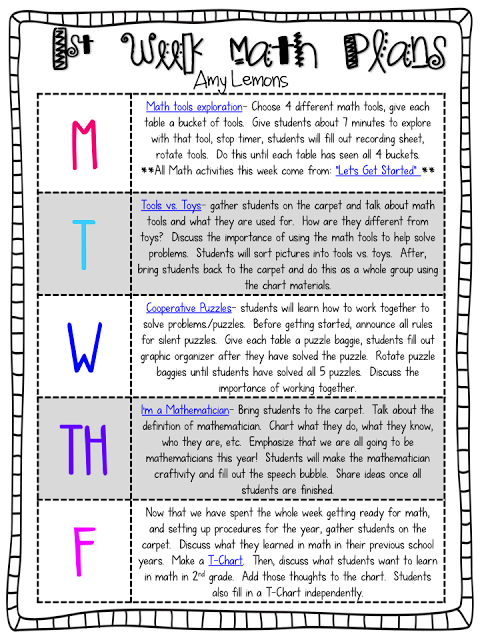Learning vocabulary can be fun
Building Vocabulary Through Fun and Games
For teachers faced with multiple demands of test prep and a fast-paced curriculum, it can be hard to find time for play in the classroom—much less play that is meaningful and allows students to deepen their knowledge. Yet there are many ways teachers can think about infusing language play throughout the class period or school day to deepen vocabulary learning and help students be able to use and apply their new vocabulary in surprising ways.
Learning and deepening word knowledge doesn’t have to feel like work. Rather, students can be more engaged when they’re allowed and encouraged to play with language. Such play not only keeps students interested but also helps make their understanding of the new words more precise. Through back-and-forth, interactive play, students can also clarify misunderstandings without feeling embarrassed or singled out. There are ways of making such play feel seamless in the classroom.
Examine Non-Examples of Vocabulary Words
Ask not just, “What does this word look or function like?” but also, “What does it not look or function like?” For instance, acute angle can look “sharp” but not “curvy” or “wavy” or “square. ”
Ask students to play games or have mock competitions to come up with the most creative non-examples, and have them explain their reasoning. For example, that same acute angle can look like a door that’s partly shut, but not like a smile or a cloud.
For every word chosen, ask students to be specific about the difference between the non-example and the original word. This process of description will help build their vocabularies and strengthen their abilities to make connections between one topic and the next.
Use Online Vocabulary Tools
While we want to build vocabulary mostly through deep discussion and dialogue, there are tools that can promote an increased engagement and understanding of specific words. Using tools such as Visual Thesaurus, which lets students see the ways words interrelate, and Wordle, which lets them create word clouds, we can start to help students see related and unrelated words as chances to play.
This technique can also be very helpful for learners who think in more visual ways, allowing them to integrate the word meaning, or the semantic aspects, with a visual sense of how one word connects to the next.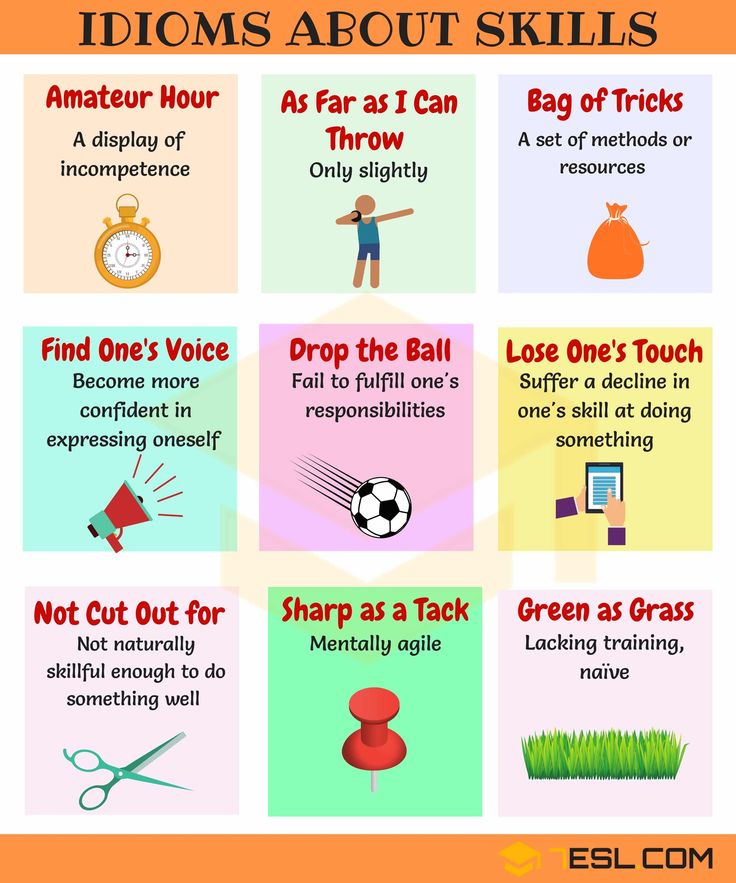
These tools work in different ways and lend themselves to different activities. For example, the word clouds in Wordle can show a word as bigger or smaller depending on how frequently it appears in a text. This can be a great reading comprehension tool, as you can ask students to reflect on the words that appear most often as potential themes from a text, or to debate whether a theme is actually more important than its size in the cloud would indicate.
Visual Thesaurus shows the distance between more closely and less closely interrelated words, and can be a great way of deepening students’ understanding of synonyms, antonyms, and words that are somewhere in between. Students can use this thesaurus to explain, for example, why irritated and forgetful aren’t opposites, and why content and unhappy can be.
Draw Guessed Meanings of Unknown Words and Non-Words
When working on prefixes and suffixes, have students draw what they imagine for the words unplayed or redrink. Help students formulate why their drawings relate to the concept, and how the prefix or suffix changes the word.
Help students formulate why their drawings relate to the concept, and how the prefix or suffix changes the word.
This activity can be made more complex or simple for use with students in a range of grades. For example, younger students can work on drawing waks (the plural of wak, an unknown animal), when they are learning the use of the plural. Older students can focus on words that describe processes (think bed-ation or storm-ation) and describe why those words are silly.
Vote With Their Feet
We don’t have to think of vocabulary learning and practice as physically static. For example, have students rate how high on an intensity scale they see a word when introducing synonyms, and move to one or the other corner of the room to vote on the intensity with their feet. Students might rate
irritated as a 1 on a 1 to 5 intensity scale, and enraged as a 5. When their ratings differ, they can engage in discussion and debate about these ratings, and if they want, move again.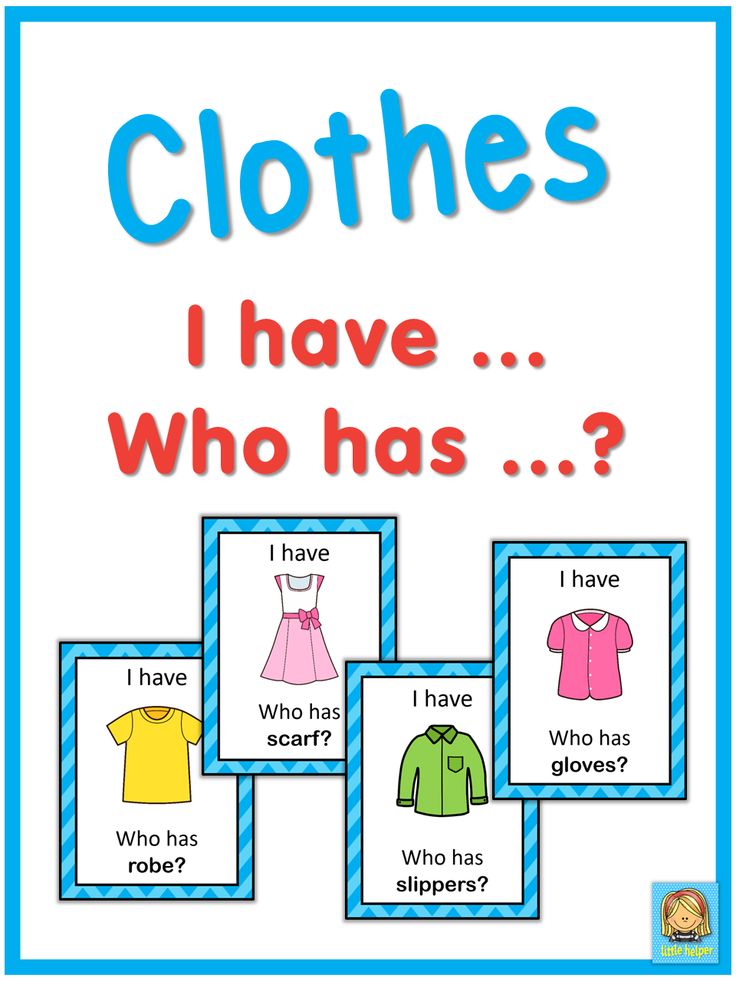
Developing students’ vocabulary doesn’t have to be a chore. Given a creative mindset and some openness to exploring, we can find opportunities to educate and stretch students’ understanding with play. Far from being wasted time, these exchanges can help motivate students to realize that playing with language can be enjoyable. They may even start to see connections between their social play with language (for example, telling jokes at home) and their classroom activities.
How are you already helping students in the classroom play with language? Are there opportunities to deepen or expand this play, not only in English class but across academic subjects?
21 Ideas for Teaching Vocabulary in the Classroom
I’m sharing 21 ideas for teaching vocabulary. You may not be able to use all of them, but I hope you can find some ideas that will work well for you!
I’ve shared books about vocabulary instruction, as well as the theory and techniques. This post is a lot more practical.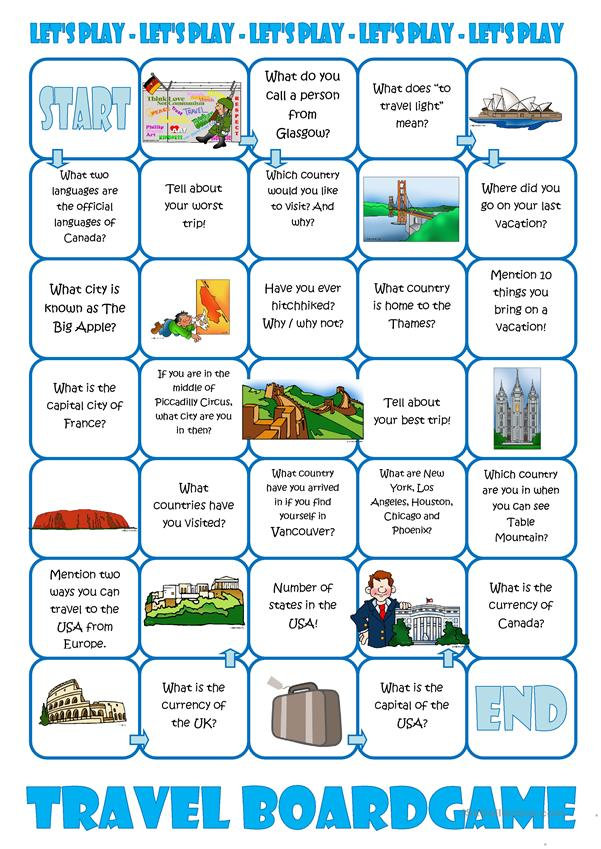 We’re all about ideas today!
We’re all about ideas today!
I’m sharing the bare bones of the ideas here.
I’m adding lengthier explanations for some of them with more tips and fleshed-out instructions on my website devoted just to vocabulary instruction, VocabularyLuau.
You’ll see that option at the end of the idea if it’s available.
IDEA #1: Semantic Maps
In this activity, the teacher chooses a word and displays it for the class on a whiteboard, etc.
Students read the word and then think of words that come to mind when they see that word (this is awesome because it activates prior learning).
A list is created of all of the words that come to mind, and then those words are categorized.
This can be done as a whole class or in small groups.
Students then create a “map” using a graphic organizer and discuss it. Additional or substitute categories can be suggested.
As students read through the text, they can add related words to the map.
Want more details on this strategy? Get the step-by-step on VocabularyLuau.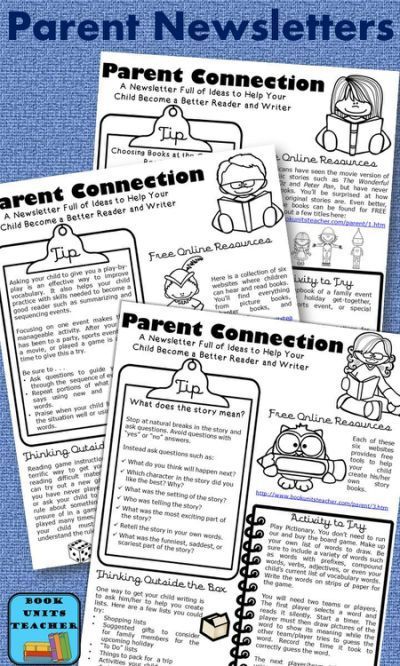
IDEA #2: Eye Spy
Give students a list of words to search for in a text or have them find unfamiliar words.
You can award points to the words based on different criteria (longest new word, word with most consonants, etc.).
Invest in a set of inexpensive dollar store magnifying glasses to make this more game-like.
This is a great pre-reading activity.
Want more details on this strategy? Get the step-by-step on VocabularyLuau.
IDEA #3: Making Choices
Students show their understanding of vocabulary by saying the word when it applies, or remaining silent when it doesn’t.
For example: “Say radiant if any of these things would make someone look radiant.”
-Winning a million dollars.
-Earning a gold medal.
-Walking to the post office.
-Cleaning your room.
-Having a picture you painted hung in the school library.
(This idea is from the book Bringing Words to Life, recommended in the books section.)
This is one of the key strategies teachers need in introducing new vocabulary.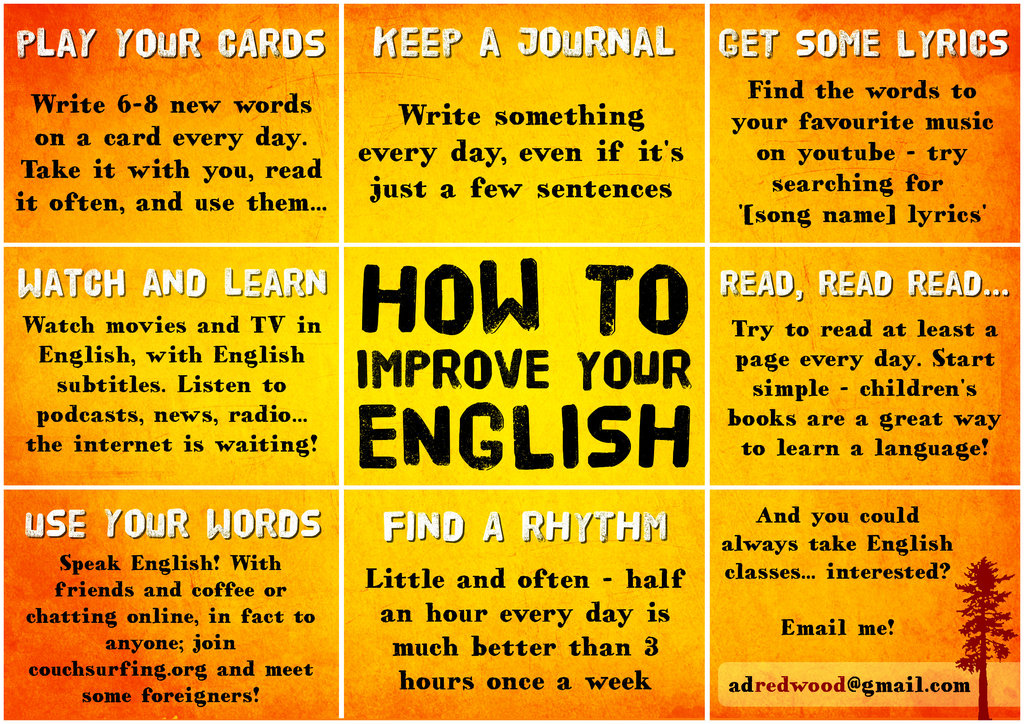 Because of that, I’ve written extensively and given a dozen examples from different texts for Kinder through 12th grade on VocabularyLuau.
Because of that, I’ve written extensively and given a dozen examples from different texts for Kinder through 12th grade on VocabularyLuau.
IDEA #4: Sorting Hat
Use a Harry Potter theme to have students sort words into categories. They can pull them out of a hat.
If you give them the categories, it’s called a “closed sort.” If they come up with their own categories, it’s called “open sort.”
This one is so, so fun. I explain lots more about how to do it on VocabularyLuau.
IDEA #5: Word Pairs
Give students words in pairs and have them evaluate if the words are the same, opposite, go together, or are unrelated.
This strategy is terrific for building critical thinking skills along with the vocabulary.
Get even more details and variations at VocabularyLuau.
(adapted from Word Power: What Every Educator Needs to Know about Teaching Vocabulary)
IDEA #6: Linear Array
In this strategy, students use a graphic organizer that is a rectangle, three ovals, and then another rectangle, all in a line.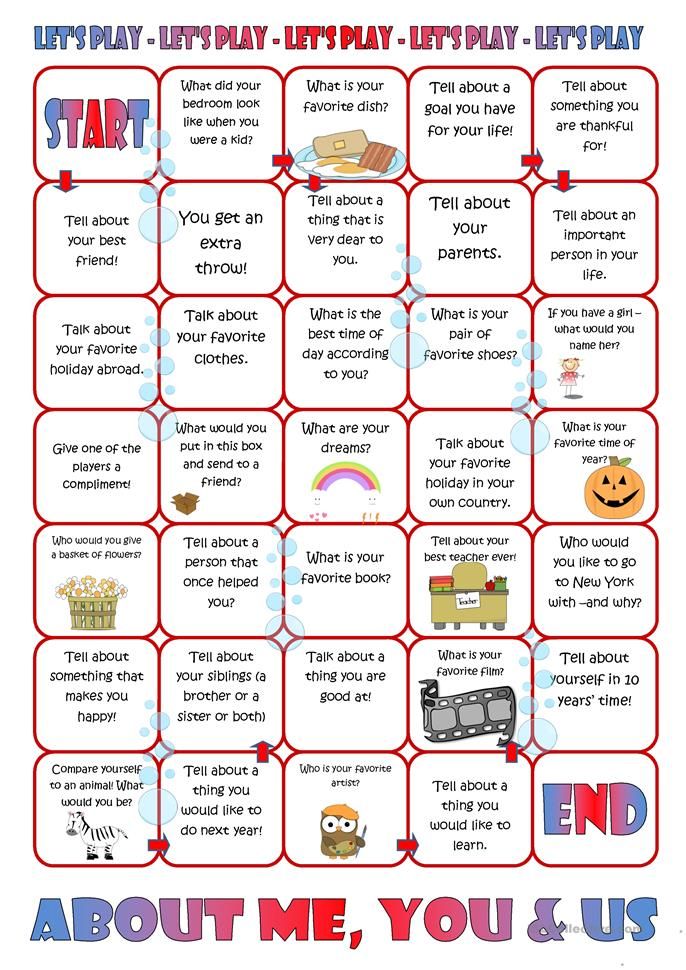
The word in question goes in the rectangle on the far left.
The rectangle on the far right is filled in with a word that is the opposite.
The center three ovals are filled in with words that go from the far left to the far right, gradually become less similar until they reach the opposite.
For example, microscopic, tiny, small, bigger, large.
You can see examples of the graphic organizer, more details, and lots of variations on VocabularyLuau.
(adapted from Words, Words, Words: Teaching Vocabulary in Grades 4 – 12)
IDEA #7: Games
Many “real” games work well for vocab play and practice. Games such as Balderdash, Taboo, Scrabble, Blurt, Bananagrams, word bingo, and others are fun.
There are online games as well, such as Scholastic’s Synonym Toast.
[Note: I am a notoriously horrible Scrabble player, and every time I play I think, “English teachers should be better at this.” It’s not my favorite.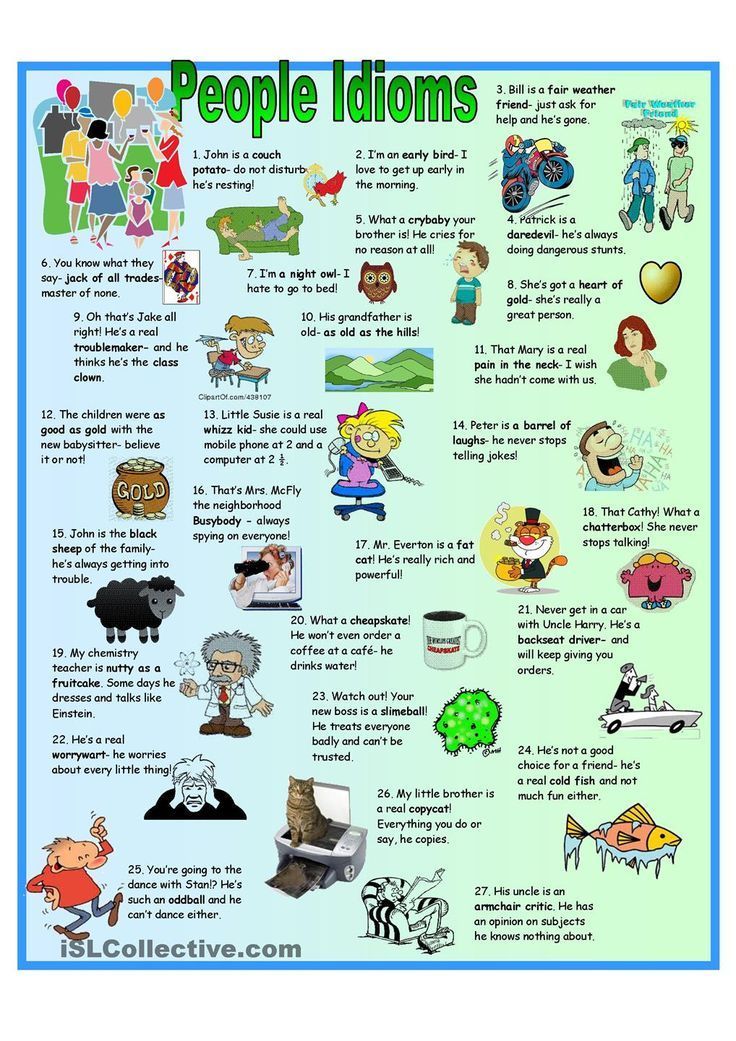 ]
]
IDEA #8: Scavenger Hunt
Have a word scavenger hunt in books, magazines, articles on the net, or in the school or home.
Don’t just go for numbers; go for unusual words, academic vocabulary, weird spellings, homophones, etc.
Want more details on this strategy? Get the step-by-step on VocabularyLuau.
IDEA #9: Word Wheel
Copy and paste this image onto a sheet of cardstock and make a vocab spinner game. EisforExplore shares the whole idea here.
Want more details on this strategy? Get the step-by-step on VocabularyLuau.
IDEA #10: Vocabulary Photo Album
Using a simple, inexpensive photo album, students create a visual glossary of key words.
I’ve got pictures of examples, details, and more ideas at VocabularyLuau, if you’d like to read more.
IDEA #11: Tally
Use tally marks to track words you’re trying to practice.
Mark whenever the teacher says the word in context, and mark twice when a student does.
Alternatively, you can have the tally marks be even, but play the teacher versus the class.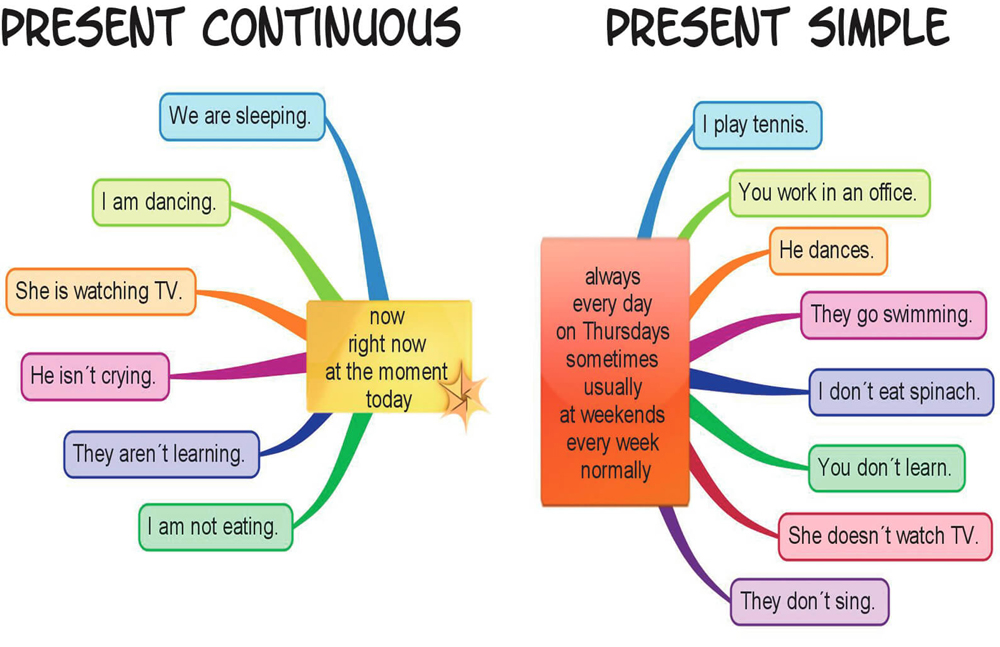
There’s so much more to this strategy. Learn more about how tally marks can help you teach vocabulary at VocabularyLuau.
IDEA #12: Vocabulary Relay
Print out words on one set of cards (copy this set a few times) and definitions, context, or sentences in which they could be used (fill-in-the-blank) on another set (just one set).
Jumble up the words in a pile in the middle of the floor, and jumble up the definitions, context, and sentences to keep with you. Break students into teams of five-ish.
Call out the definition/context/sentence and give students some think time (8 – 10 seconds) to talk about what word it might be.
After the discussion time, call out “Word!” One member from each team runs to the center and tries to find the word in the pile.
I like having multiple sets of the words so more than one team can get it.
Check to make sure they’re correct, and then discuss it briefly before the next round.
Note: I got this idea from another teacher’s site, but I cannot for the life of me remember where.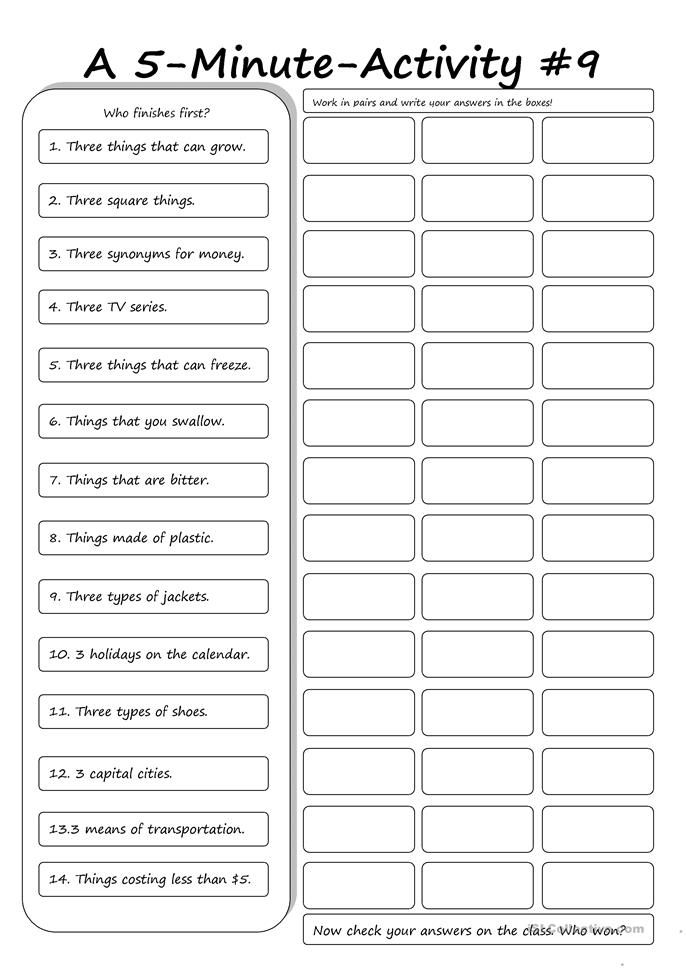 I have searched Google for it, and can’t find it. A small prize to the person who can figure out the originator of the idea!
I have searched Google for it, and can’t find it. A small prize to the person who can figure out the originator of the idea!
I’ve written quite a bit about it here, but I’ve written more (and have lots of pictures of it in play) at VocabularyLuau.
IDEA #13: Vocabulary Category Relay
This is a different relay activity than the one above, even though the names are so similar.
In this version, teams of students race to fill in words responsive to a category that start with the letters of the alphabet in order.
This can be done individually, in groups, or even as a whole class. It’s also a good one for both digital and in-person instruction.
When I wrote about it on VocabularyLuau, I shared these score sheets for digital use, as well as printable versions.
IDEA #13: Comic Strip Word Activity
I got the idea for using comic strips from This Reading Mama.
In some ways, it’s really a modified Frayer model.
I loved it so much that I started making them like crazy. It turns out that they let me get a clear glimpse into how well the students had mastered the word.
It turns out that they let me get a clear glimpse into how well the students had mastered the word.
I have an entire article about this, filled with loads of ideas and resources at VocabularyLuau.
You can check out that article here (or click the image below).
IDEA #14: Paper Plate Vocab
I love this inexpensive matching game from Finding Joy in Fifth Grade, and I think students could create it themselves.
IDEA #15: Heads Up Vocabulary Game
Students hold a word on a card in front of their foreheads. The students don’t know what words they have.
Students ask each other a series of questions to determine the meaning of their word. Or, students can give students clues to the person with the word to help that person guess the word.
This is a review activity, and it’s not for initial instruction.
It’s such a favorite that I wrote a very comprehensive article about it on VocabularyLuau. There’s even a hack for printing on Post-it notes!
IDEA #16: Word Sneak
Word Sneak is a game invented by Jimmy Fallon that he plays with guests on the Tonight Show.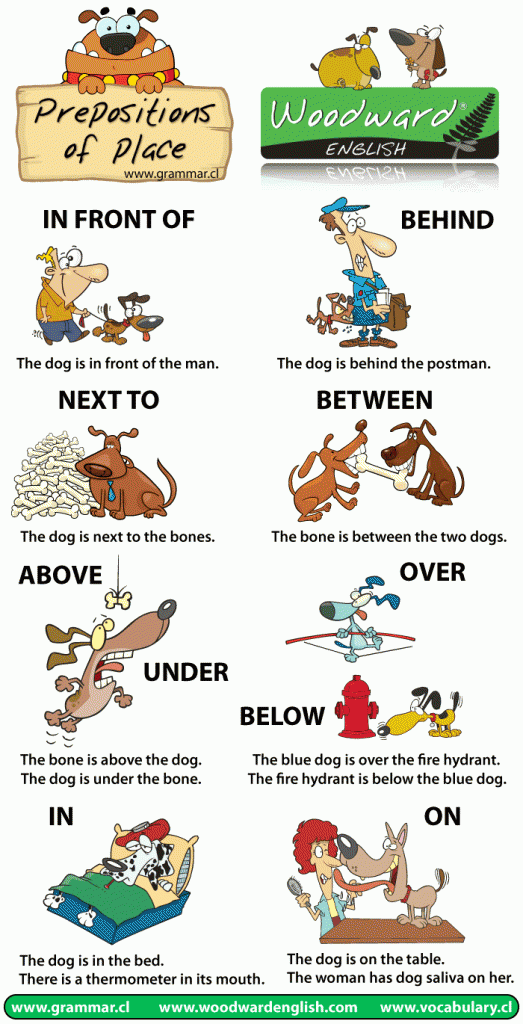
In the game, Jimmy and the guest each get a stack of cards with words on them that they have to work into the conversation naturally (without sounding forced or stilted).
It’s hysterical to watch and fun to play.
It’s also a great way to learn different ways to approach a word.
It’s so much fun that when I wrote the article about in on VocabularyLuau, I also included a Tonight Show backdrop you can use in class to give it an even more “real” feel.
IDEA #17: Frayer Model
The Frayer Model is an oldie-but-goodie vocab activity model in which student work in multiple ways in a specifically laid out graphic organizer to engage with words.
This is such a must-know that I wrote a (very lengthy and detailed) plan for how to use it at VocabularyLuau.
It includes downloads and printables and digital versions, as well as exactly how (and why) to use this strategy.
If you are not familiar with it, please do yourself a solid and read more.
IDEA #18: Tweet
Have students create a “tweet” that a word would send out or with the word in the tweet in context.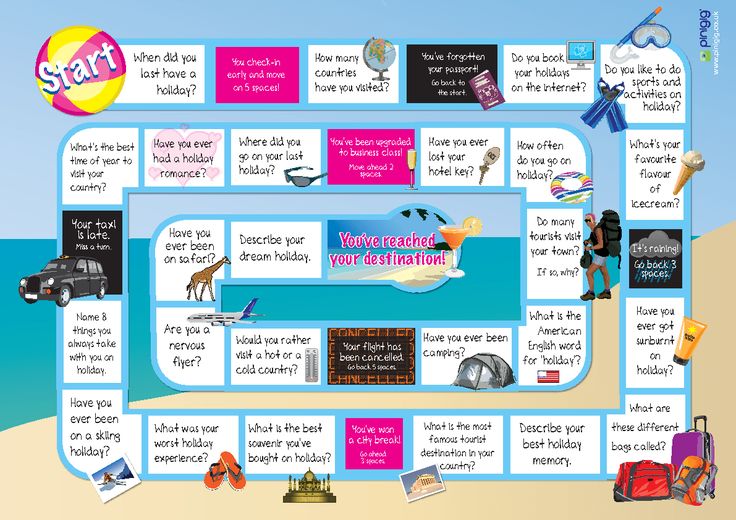
You can use a tool like PrankmeNot or Siminator to make it look real.
This strategy is so fun and so useful!
I’ve written about five different ways to do this (with examples) on VocabularyLuau, and I even have this free template for you there:
IDEA #19: Brain Power Words
This is a strong academic vocabulary activity that takes a little bit of time, but would really help get the words past the superficial level of understanding.
- Ask small groups of students to preview sections of a text and identify difficult words.
- For long chapters, assign different sections to different groups.
- Students place a Post-it next to the words in the text they identify as potentially difficult.
- After identifying the words, the group goes back and uses context clues to hypothesize what the words might mean.
- Clues of substitution: A known word would make sense in the context and is probably a good definition.
- Clues of definition: The word is defined in the text (many textbooks do this).
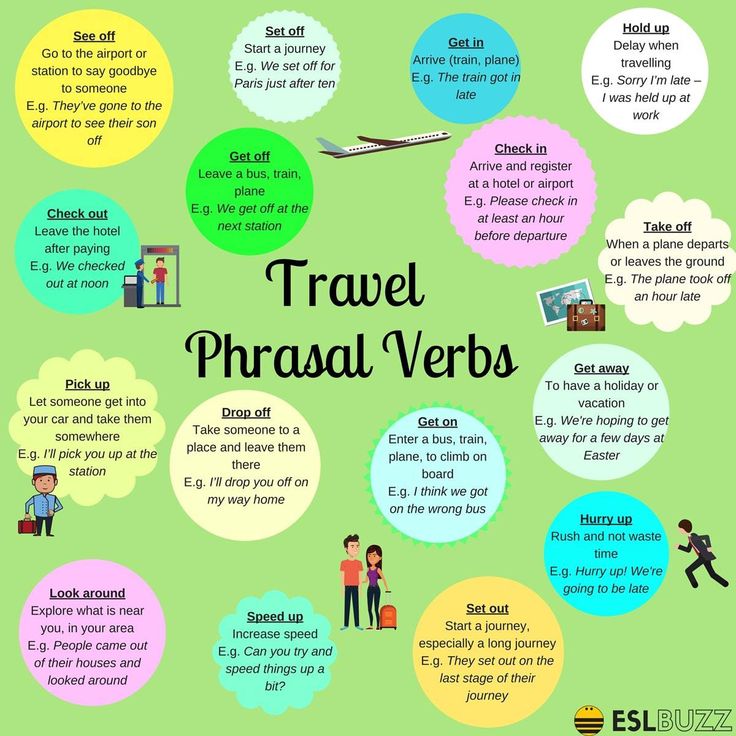
- Clues of opposition: Words “not, unlike” etc. are excellent clues to what a word is not and thus help define the words.
- After the Brain Power Words list is identified and definitions sought, the students check their work with the teacher.
This strategy is from Becky McTague and Margaret Richek (it’s in the book Reading Success for Struggling Adolescent Learners by Susan Lenski and Jill Lewis).
IDEA #20: The Concept Cube
A concept cube is a pattern that is printed on paper or cardstock, cut out, folded, and taped into a three-dimensional cube.
Students write, type, or draw on the pattern prior to assembling the cube, and then they “play” with the cube to explore concepts.
Depending upon the way you choose to use it, they can be similar to a three-dimensional Frayer model.
You can print out a blank cube and have students print the responses below, or complete it online and then print it out.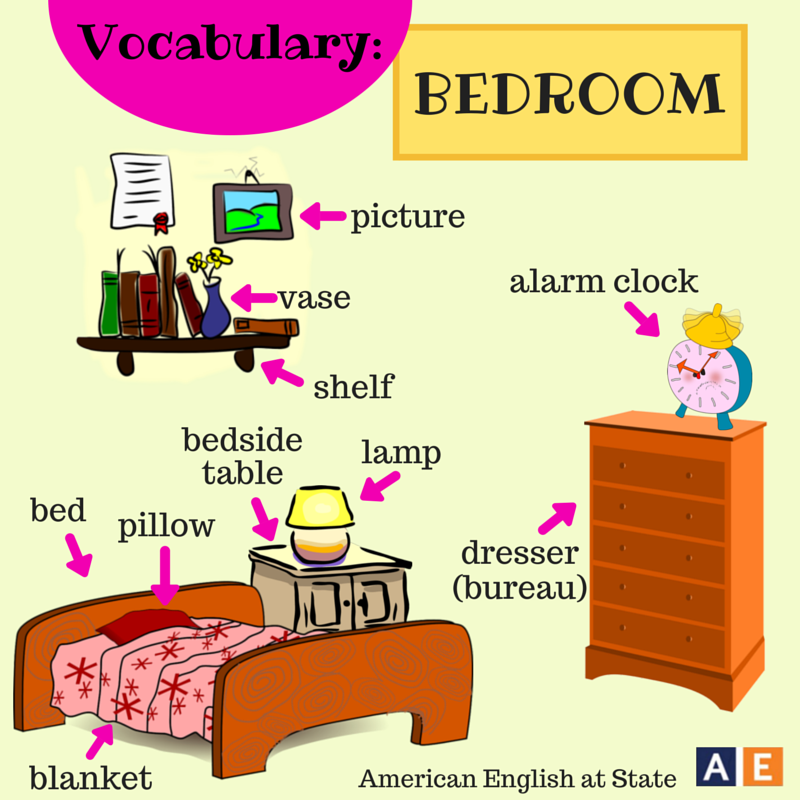
Before folding, students write clearly in each square following the directions below.
Each student is given one challenging vocabulary word from a recent reading and asked to:
- Write the assigned vocabulary word in one square.
- Write a synonym (word or phrase) in another square.
- Write an antonym (word or phrase) in another square.
- Write a category or categories it could belong to.
- Write the essential characteristics of the concept of this word.
- Give one example.
Cut, fold, and tape the cube.
Roll the cube and read what comes up on the “top”; the student must tell the relationship of that word or phrase to the original word.
After students know their own cube without any errors, they exchange with a peer.
You can get more ideas and details, as well as a free printable, at VocabularyLuau.
IDEA #21: Phone a Friend
Search TeacherspayTeachers or Teachers Notebook for vocabulary activities you can use or adapt.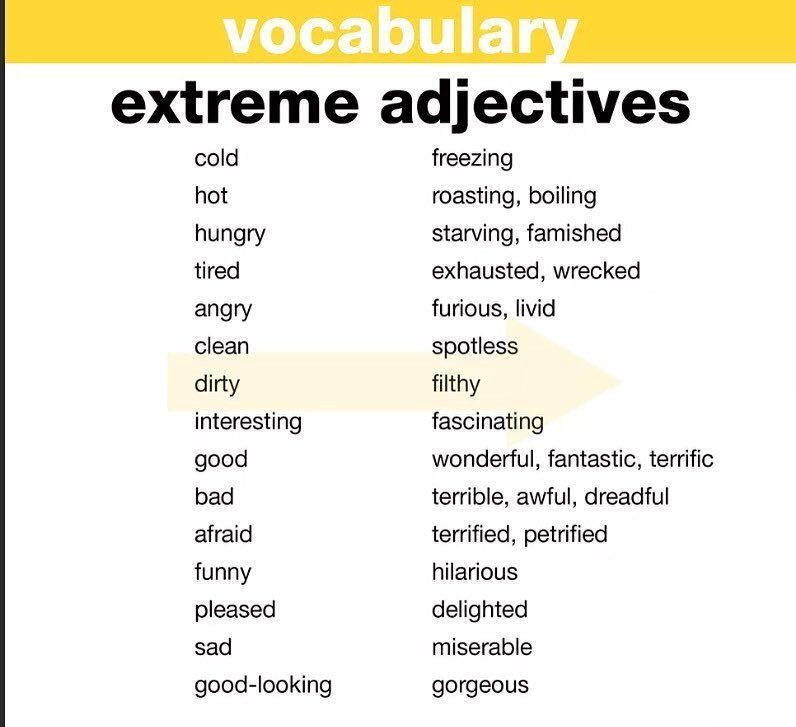
The beauty of this is that you can search by grade level and subject, so you can focus on what you’re studying.
A caveat to this is that if you create something grade level or content specific, you can share it with other teachers, too.
The Importance of a Variety of Activities
You want to have a variety of activities so that vocabulary instruction doesn’t become routine or boring.
Keeping it fresh with lots of different ways of learning will help students (and the teacher) avoid getting burned out or tired of working with vocabulary.
There’s been so much interest in this that I created an entire website just for vocab ideas called VocabularyLuau.
These 21 activities for teaching vocabulary are just a start. I’d love to know your ideas!
The Vocabulary Series
This post is Part 3 of a four-part series on teaching vocabulary. If you would like to check out the rest of the series, visit the posts below
- Teaching Vocabulary: The books
- Theories & Techniques that work (and don’t)
- 21 Activities for Teaching Vocabulary (this one)
- Ideas for English Language Learners
There’s even a great book for teaching vocabulary!
These ideas work for all vocabulary words.
If your students need to learn vocabulary words and terms that are specific to your content (words like acute angle or latitude or simile or biome), have I got a book for you!
You know how I know it’s great? I wrote it! I wrote it for teachers just like you from the method I created in my own class with my own students and tested over and over.
You can learn more about it by clicking on the picture of it, or you can read more and see loads of examples here.
If you already know you want it, you can grab a paperback version on Amazon.
Or, if you want a digital copy, you can use the coupon code GIFTEDGURU for 20% off you can…
Grab your copy
Do You Like Great Ideas?
If so, I share them in my email o’ goodness that goes out about once a month to thousands of people just like you.
You can sign up here (it’s free).
Note: This content uses referral links. Read my disclosure policy (it’s fascinating) for more info.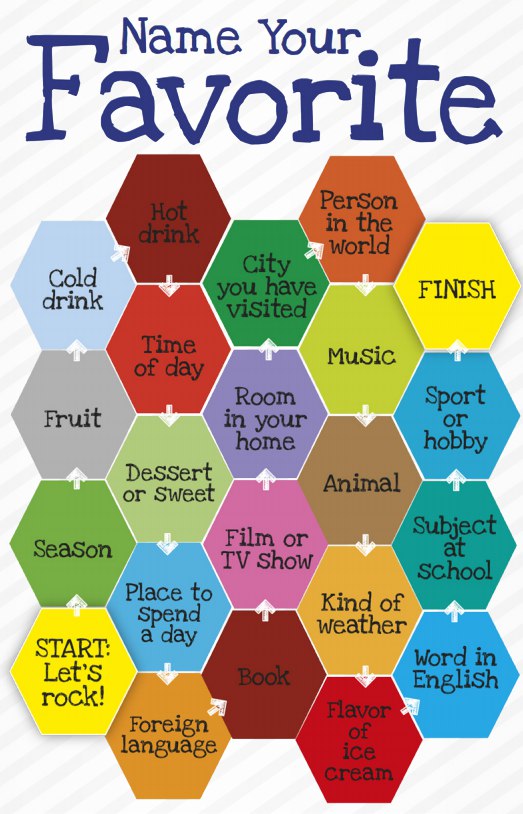
10 Fun ESL Vocabulary Games
In terms of vocabulary, Fight , Fight , Tension and Fight are real. Get it right through the right fun games to play in class that can help you add zest to your and lessons to reinforce new words in students' vocabulary.
Here are 10 fun vocabulary learning games that you can easily add to any lesson to make it fun and also help students learn!
- Describe it!
- Interactive Quiz
- 20 Questions
- Category game
- nonsense
- Wheel of words
- Letter scramble
- Game synonyms
- Charades
- Wordle
#1 - Describe it!
Best for all ages 🏫
This awesome word game is a great way to practice word learning to measure student comprehension - and it's really easy!
How to play:
- Choose one student from the group.
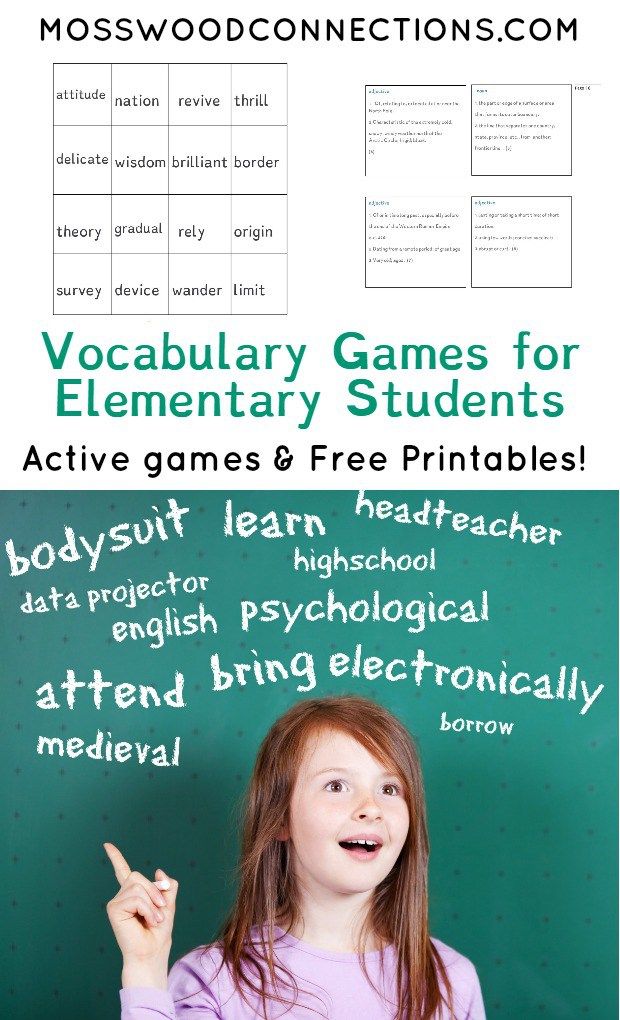 Your only student will be the descriptor and the rest will be guessing.
Your only student will be the descriptor and the rest will be guessing. - Give the speaker a word they know and don't tell the rest of the group. Also, give them two additional related words that they cannot use in their descriptions.
- The task of the single player is to help the rest of the group guess the word by describing it without using either the word itself or any of the related words.
- After the group has guessed the word, the person who guessed correctly can move on to the next turn as a descriptor.
Example: Describe the word "boat". without pronouncing the words "boat", "sail", "water" or "fish".
For younger students...
To make this game suitable for younger students, don't give them unnecessary words to avoid when describing them. You can also ask all guessers to write down their answers to make sure all your students are involved.
#2 - Interactive quiz
Best for all ages 🏫
If you want to test students' vocabulary, you can conduct an interactive quiz to discuss a topic or test your knowledge.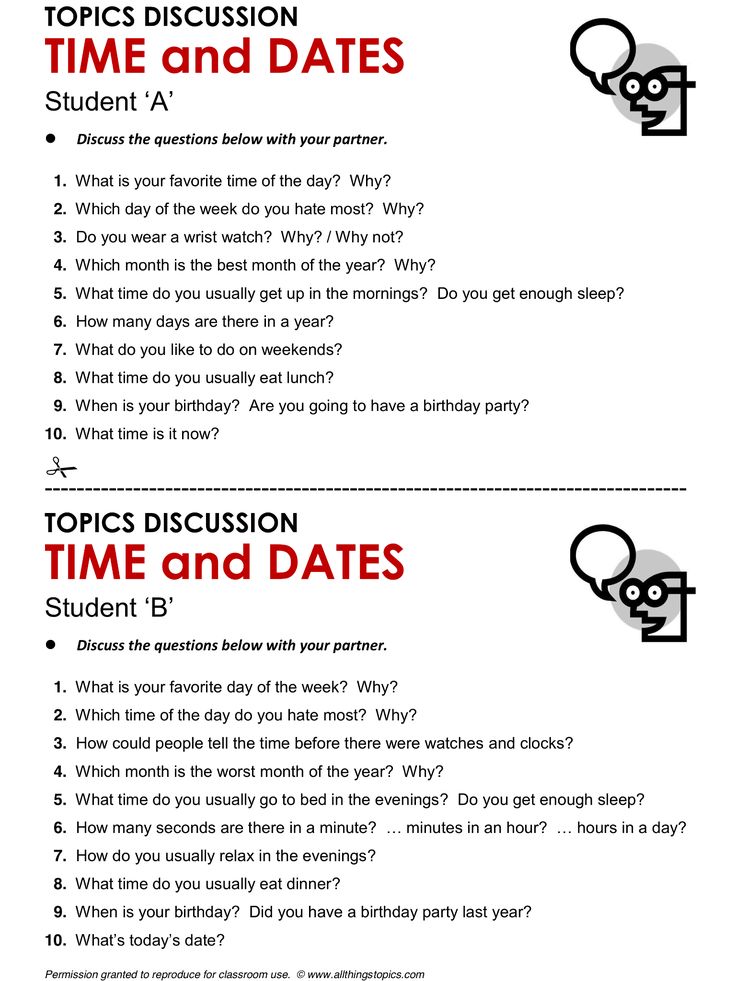 Nowadays, there are many programs that allow you to conduct online quizzes that your students can play along with their phones!
Nowadays, there are many programs that allow you to conduct online quizzes that your students can play along with their phones!
How to play:
- You can use AhaSlides to create your own quiz or take one from the template library.
- Have students connect to their phones so they can answer questions individually or in groups.
- Check them out for word definitions, have them fill in a missing word in a sentence, or just take a fun quiz to add an extra interactive element to your lesson!
Get more ideas with AhaSlides
- Picture Quiz Ideas
- Cool Math Games
For younger students…
For younger students, you can create Q&A groups so they can discuss their answers. It can also add a competitive element that will help some students excel.
#3-20 question
Best for all ages 🏫
This classroom game dates back to the 19th century and encourages deductive thinking and problem solving.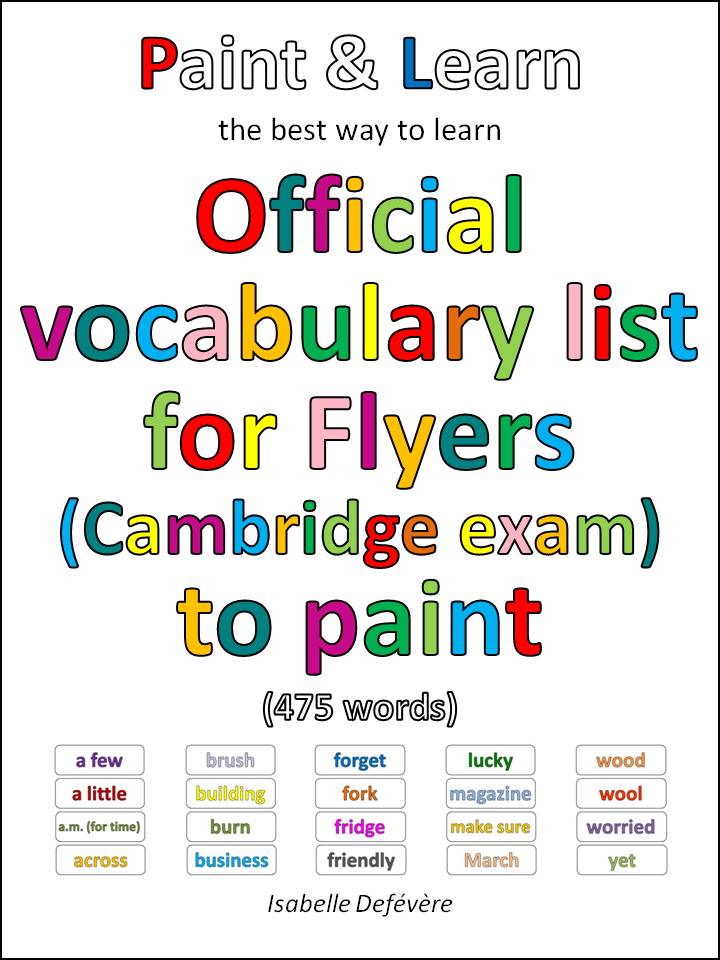 For your English learners, this game will encourage them to think about where and how they will use the vocabulary they have learned.
For your English learners, this game will encourage them to think about where and how they will use the vocabulary they have learned.
How to play:
- You will choose a word that your players will know or learn.
- Your students can ask you up to 20 questions to try and guess the word - you can only answer "yes" or "no" to their questions.
- After the word has been guessed, you can start over or assign a student to make a move.
For younger students…
Adapt this English vocabulary game for younger children by using simple and familiar words and helping them plan ahead for some of the questions they might ask. You can also have specific categories to narrow down their options, such as fruits or pets.
#4 - Category Game
Best for All Ages 🏫
This game is a great way to test your students' extensive knowledge in a fun and engaging way.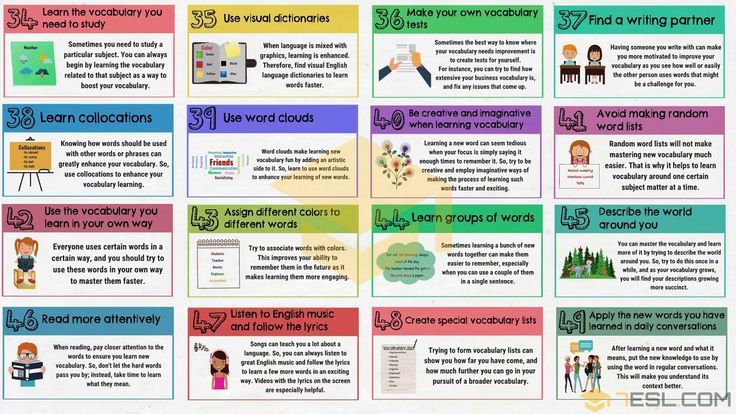
How to play:
- Ask students to write down three to six categories - these can be pre-agreed and related to the topics you are studying.
- Choose a random letter and write it on the board for the students.
- They must write one word for each of the 3-6 categories starting with this letter. You can add an extra task by setting a timer.
For younger students...
To make this word game suitable for younger students, you can do it in one big team. In this setup, having a timer of is actually helps pump up the excitement!
#5 - Balderdash
Best for a small group of advanced learners
This is a great way to test students' vocabulary by introducing new and unfamiliar words. This game is mostly a little fun, but it will encourage them to look for familiar prefixes or suffixes.
How to play:
- Show the unfamiliar word (but not the definition) to your students.
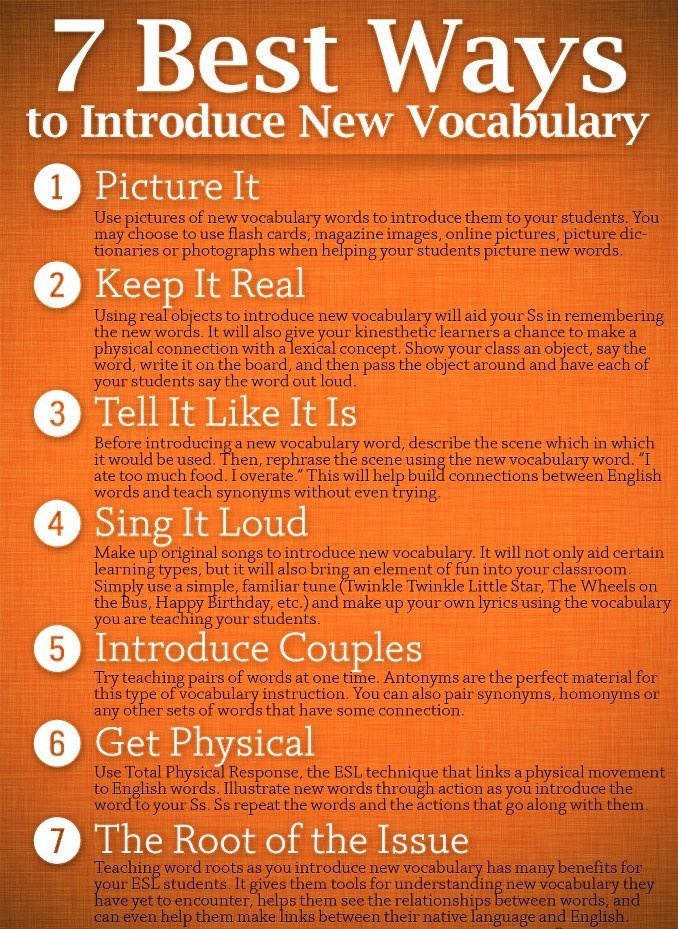 It can be the one you choose or one of the random word generators.
It can be the one you choose or one of the random word generators. - Then ask each of your students to anonymously present what they think the word means. You will also anonymously enter the correct definition. (Make it easy with a brainstorming slide!)
- Your students will try to figure out which definition is the real one.
- Students get a point if they guess the correct definition or if other students guess their false definition is correct.
For younger students…
This is not easy to adapt to younger learners or less experienced English students, but you can help by using more age or level appropriate words. Otherwise, you could allow students to submit the category that the word belongs to, rather than the definition of the word itself.
#6 - Word Wheel
How to play:
- You will place eight letters on the board or slide in a circle.
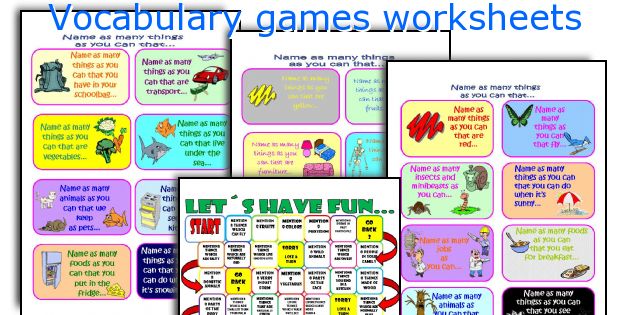 This can be completely random, but we recommend choosing at least 2-3 vowels.
This can be completely random, but we recommend choosing at least 2-3 vowels. - Your students will have 60 seconds to write as many words as they can make from these letters. They can use each of the letters only once in each word.
- To make things more difficult or to focus on a specific sound you are learning, you can also add a letter to the center of the circle, which should be used .
For younger students…
Younger students should be able to play this game looking for shorter words, but you can also play this game in pairs or small groups to make things a little easier.
#7 - Letter Fight
Best for All Ages 🏫
This vocabulary-focused starter lesson will test your students on newly learned or existing vocabulary, focusing on their deductive skills.
How to play:
- Shuffle the letters in the words you have learned and write it down for your students to see.
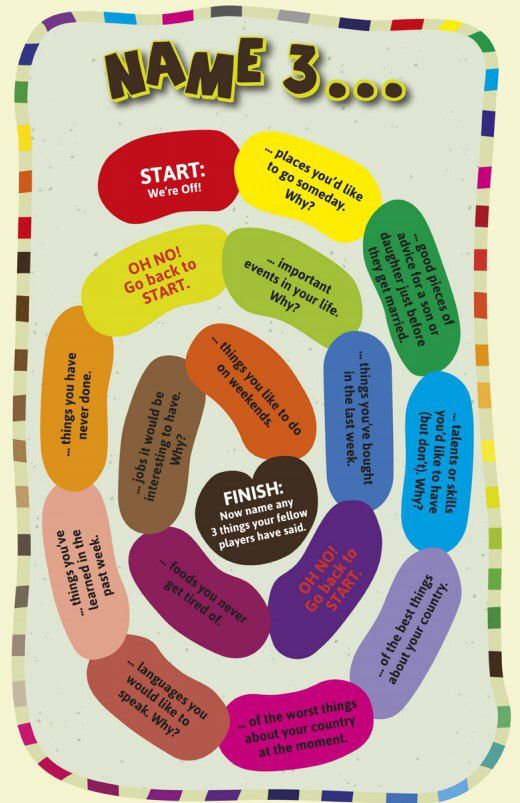
- Your students will have 30 seconds to unscramble the letters and reveal the word.
- You can repeat this several times or set some random words as the start of the lesson.
For younger students…
This game might work well for younger students, but if you think spelling might be a problem, you can prefill in a couple of letters to give them a chance to work out the rest.
#8 - Synonym Game
Best for all ages 🏫
This game will be more fun for advanced learners who want to test themselves and their vocabulary.
How to play:
- Enter a simple word that your students will be familiar with - it should be a word that has several synonyms, eg. old, sad, happy.
- Ask students to present their best synonym for this word on an interactive slide.
For younger students…
Instead of asking for synonyms, you could ask new English learners to provide a word in a category (eg colors) or word type (eg verbs).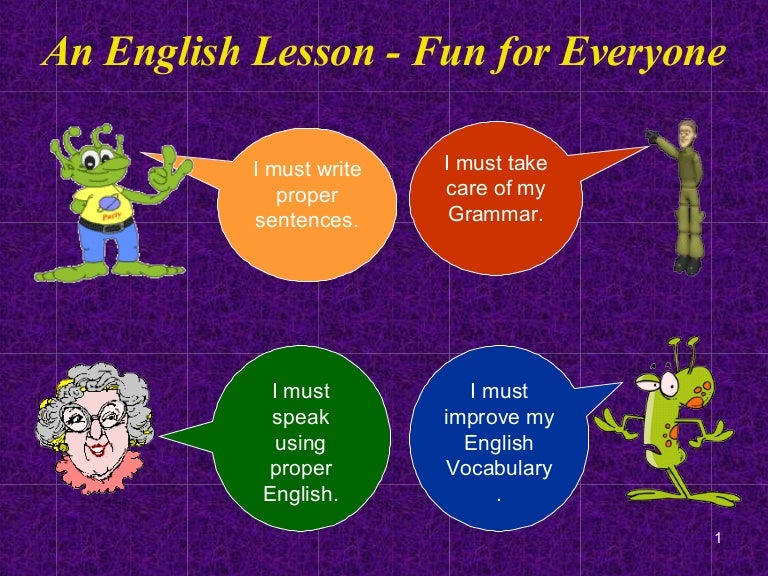
#9 - Charades
Best for all ages 🏫
This fun game is great for encouraging students to understand and test understanding.
How to play:
- Fill the pot with words or phrases your students know - you can also ask your students to write some words.
- Squeeze the words and add them to the pot.
- Choose one student to choose a word from the pot, then he has to act it out for the rest of the students without speaking or using any sounds.
- The rest of the students are asked to guess the word.
- The player who guessed correctly goes next.
For younger students...
This game can be made easier for younger students by making up all the words in a certain category or by letting them give a hint by making a noise if no one else in the group can guess by the actions alone.
#10 - Word
Best for all ages 🏫
This popular game is a great way to test your students' vocabulary. You can use the official Wordle website or create your own version adapted to your student's level.
You can use the official Wordle website or create your own version adapted to your student's level.
How to play:
- Choose a five letter word. Don't say a word to your students. The goal of Wordle is to guess a five letter word in six guesses. All guesses must be five-letter words that are in the dictionary.
- When your students guess a word, it should be written in colors indicating how close they are. A green letter will mean that the word has the letter and is in the right place. An orange letter will mean that the letter is in the word, but in the wrong place.
- Students will start with a random word and the colored letters will help them guess the word you have chosen.
For younger students…
For lower level students, it is recommended to choose your own word and create your own version. You can also make guesses as a group and conduct polls to help them agree on which word to choose next.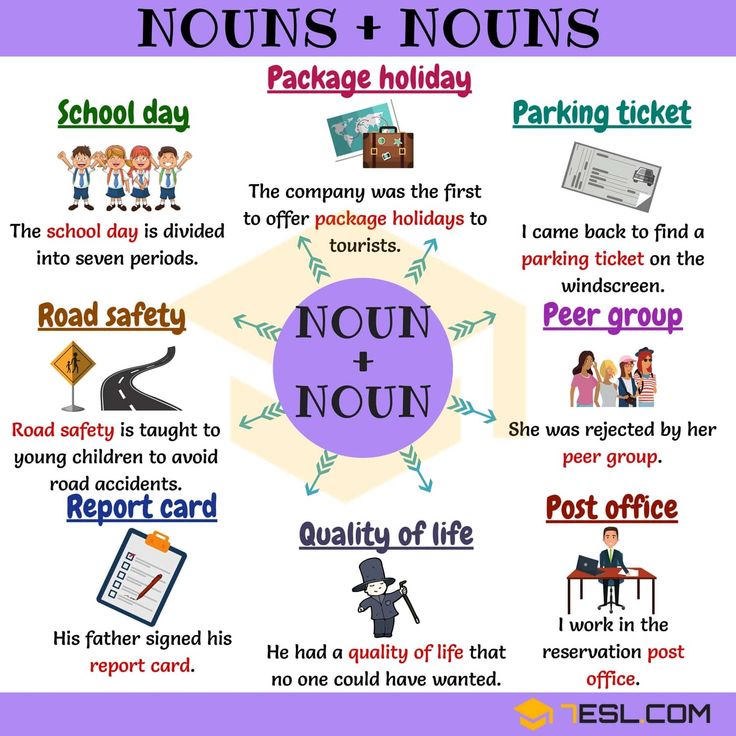
5 vocabulary development exercises
How pleasant it is to listen to eloquent and competent speech when a person knows how to choose the right words and accurately describe his thought. And illiterate, “poor” speech, which is quite difficult to understand, cuts the ear just as much. It is a large vocabulary that is a sign of intellectual development and can help you in learning, working or speaking in front of a large audience.
Before starting the study of exercises to increase vocabulary, let's look at the types of vocabulary:
- Active vocabulary. These are the words that we use in everyday life when communicating with friends, family, colleagues. When writing letters, SMS in chat, social networks. When we speak, we do not think about the words and do not put effort into constructing sentences.
- Passive vocabulary. These are words that we know, but do not use in conversation. As a rule, the passive reserve can be 2-3 times greater than the active one.
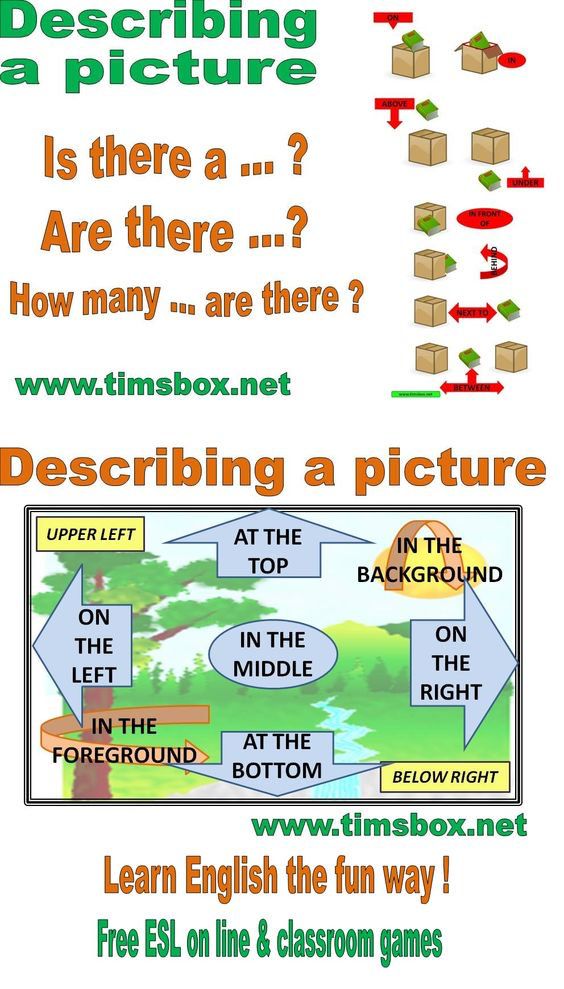 On occasion, we can search in our head and find the right words, but we do this very rarely.
On occasion, we can search in our head and find the right words, but we do this very rarely. - External vocabulary. These are words we don't know. Usually these are specific words from the professional field of activity.
It is rather difficult to set clear boundaries in the vocabulary. Children's vocabulary can average 1000 words, adults have 10 times more. Erudite people who are constantly engaged in self-development, read a lot of books and constantly study, have a vocabulary of up to 50,000 words. Therefore, we have selected such universal exercises to expand the active vocabulary that schoolchildren, students or specialists can perform.
- Alphabet exercise. You need to come up with a sentence in which all words will begin with the next letter of the alphabet. Example: "Alina runs in the thick of trees." Try to make long sentences using words from A to Z.
- Noun exercise. Make up a story and tell it using only nouns. "Morning. Water.




